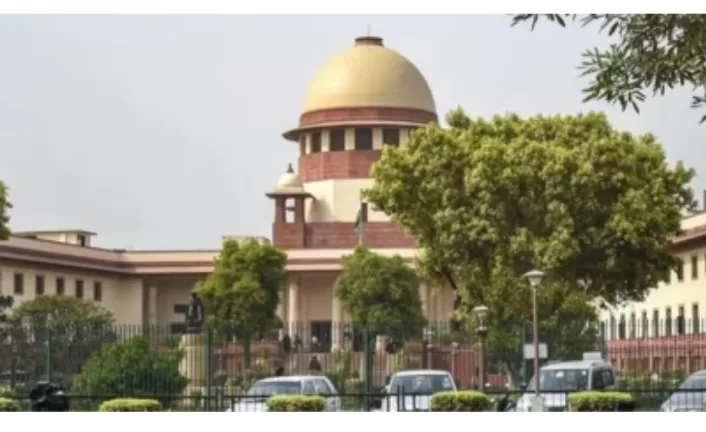New Delhi: In a historic development, the Supreme Court of India, under the esteemed leadership of Chief Justice D Y Chandrachud, has achieved an unprecedented 96% disposal rate in 2023, setting a new standard for judicial efficiency. The National Judicial Data Grid (NJDG), established eight years ago, has played a pivotal role in shedding light on both positive trends in case disposal and lingering challenges.
Under Chief Justice Chandrachud’s guidance, the Supreme Court has concluded final verdicts on a staggering 72,328 cases this year alone, despite facing 75,554 case filings during the same period. The implementation of technology to enhance transparency in the judicial process has garnered praise from Prime Minister Narendra Modi, who commended this laudable step.
The NJDG, established in 2015, serves as a comprehensive repository of pending cases, spanning from high courts to taluka level courts in every state. However, while the disposal rate is commendable, the overall success rate for litigants in the Supreme Court in 2023 remains low for both civil and criminal cases. In civil matters, 61% of cases were dismissed, with 22% being disposed of (potentially offering partial relief), and only 17% of petitions found favor. Similarly, in criminal cases, a substantial 64.4% faced dismissal, while 13.2% received favorable judgments.
Despite these statistics, the Supreme Court continues to be inundated with cases, underscoring the public’s enduring faith in the judiciary. Currently, there are 80,344 pending cases, including nearly 16,000 that have been filed but await formal registration in the Supreme Court’s docket.
Chief Justice Chandrachud acknowledged this momentous occasion as the Supreme Court’s inclusion in the NJDG. Nevertheless, the court faces challenges with several long-standing cases, including two writ petitions filed in 1982, which remain unresolved.
Over the years, the Supreme Court has concentrated its efforts on adjudicating cases suitable for decisions by two- or three-judge benches. Despite recent efforts to assign five-judge benches to some cases, 306 such cases still await disposal. Additionally, 21 cases require the constitution of seven-judge benches, and 135 await the formation of nine-judge benches.
In summary, while the Supreme Court has achieved an impressive disposal rate in 2023, it grapples with a substantial backlog of cases, demonstrating the need for continued efforts to streamline the judicial process and ensure justice for all.




